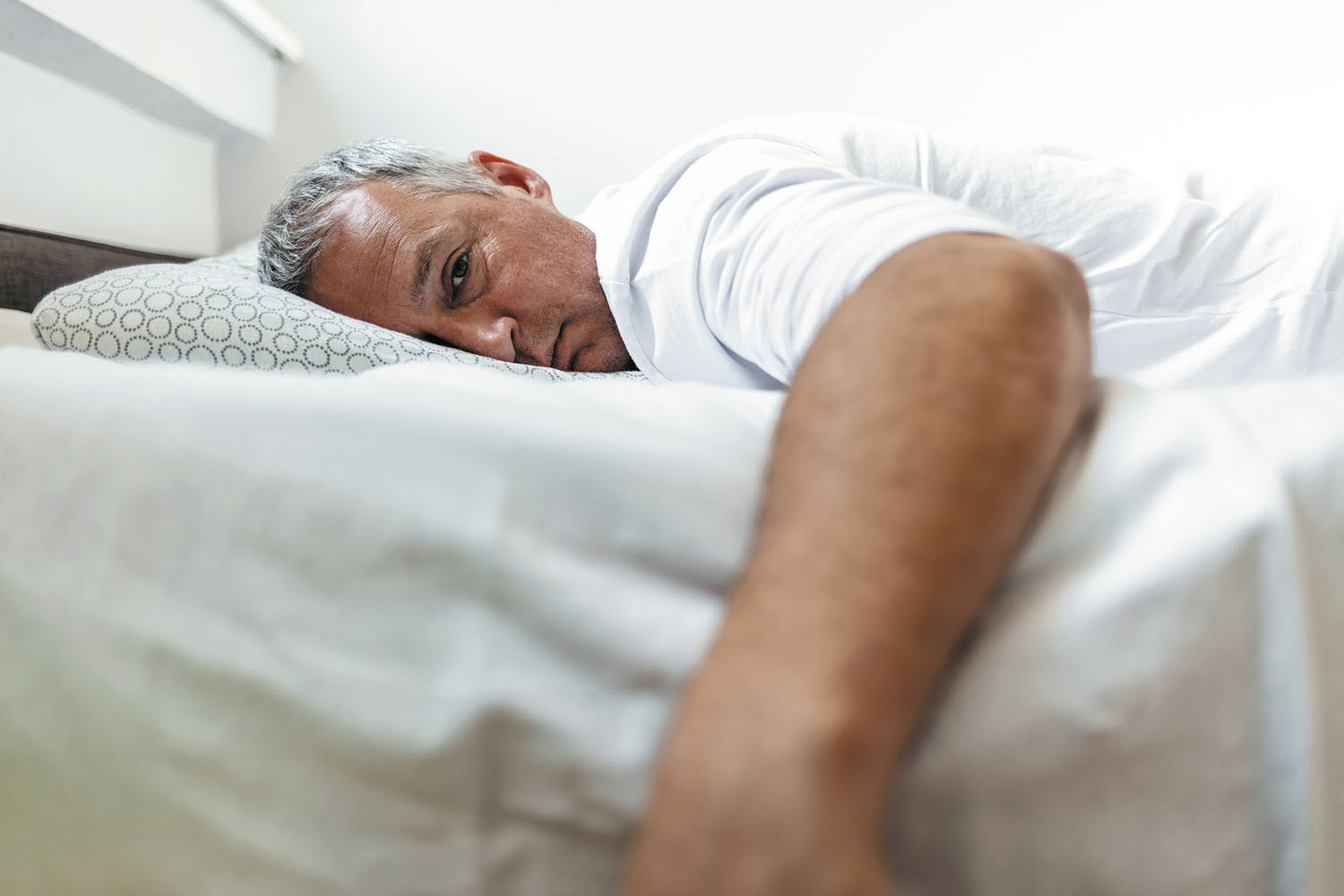The dark side of daylight saving time
Why can an hour's time change in spring disrupt our body, sleep, and mental health?
- Reviewed by Howard E. LeWine, MD, Chief Medical Editor, Harvard Health Publishing; Editorial Advisory Board Member, Harvard Health Publishing

On March 12, most Americans will observe the start of daylight saving time (DST) and "spring forward" by setting their clocks one hour ahead. (The exceptions are people living in Arizona and Hawaii.)
DST lasts from mid-March until early November when the clocks turn back an hour and return to standard time. During DST, people can enjoy more time in the sunlight in the evenings. But that convenience comes at a price.
"That one-hour change may not seem like much, but it can wreak havoc on people's mental and physical well-being in the short term," says Dr. Charles Czeisler, professor of sleep medicine at Harvard Medical School's Division of Sleep Medicine.
Go toward the light
Research suggests that changing our clocks twice a year can have various health consequences. Of the two, springing ahead one hour tends to be more disruptive. That hour change can upset our circadian rhythms, the body's natural 24-hour cycles regulating key functions like appetite, mood, and sleep.
Circadian rhythms largely depend on light exposure. The hour transition in the spring initially causes darker mornings and lighter evenings. Less morning light can decrease levels of the mood-boosting hormone serotonin. In contrast, exposure to light later in the evening can delay the production of melatonin, the hormone that helps you fall asleep.
Many people also have trouble adjusting their sleep schedule to the new time. For the first few days or even a week, they may go to bed later or wake up earlier than usual, which can cause sleep deprivation. One study found that the average person gets 40 minutes less sleep on the Monday after DST begins compared with other nights of the year.
"Disrupted sleep can cause people to feel fatigued, groggy, and less focused," says Dr. Czeisler. This may explain, in part, the 6% rise in car accidents following the spring time change, according to a 2020 study in the journal Current Biology. Poor sleep caused by DST also can exacerbate existing problems like depression, anxiety, and seasonal affective disorder.
Is the end of daylight saving near?Present-day daylight saving time (DST) was officially adopted in 1966. Proponents believe the semiannual time change means people can enjoy outdoor activities longer, save energy by using less electricity for lighting, and perhaps have a positive economic impact. But DST has its critics. A 2022 poll found that 61% of Americans favored ending DST. Also, many sleep experts say evidence strongly suggests that staying on standard time all year is healthier. A bill to eliminate the time change has been introduced in the past three Congressional sessions but has not yet made it into law. It remains to be seen whether legislators will reintroduce it. |
Prepare for the switch
People can take steps to make the hour change less daunting to their bodies and mind. Dr. Czeisler offers several different approaches:
Alter your bedtime. About three days before the time change, go to bed and wake up 10 to 15 minutes earlier than usual. The next night, aim for 20 to 30 minutes, and then 30 to 45 minutes on the third night. "By the end of this period, your body would have adjusted to that lost hour, and you won't have the stress of trying to quickly catch up on sleep," says Dr. Czeisler.
Take afternoon naps. If you feel tired in the afternoons after DST starts, take scheduled midday naps for 20 to 30 minutes (napping longer than that can make you feel even more groggy).
Get more light. During the first week after the time change, try to get about 15 minutes of exposure to morning light, which can help maintain your circadian rhythms. Another option is to use a light box that produces a bright white light. Choose a light box with 10,000 lux exposure (lux is a measure of light intensity). Sit about 12 inches away for up to 30 minutes. Keep your eyes open, but don't look directly at the light. Spend the time reading, writing, or just being present.
Delay your day. For several days after the time change, postpone beginning your daily routine for an hour. For example, if you go for your morning walk at 8 a.m., wait until 9 a.m. "Your internal clock is still running an hour behind, so you give it a chance to adjust," says Dr. Czeisler. Gradually shorten your start time by 10 or 15 minutes; within a week, your body's clock should be reset to the new time.
Curb the alcohol and caffeine. Cut back on drinking alcohol and caffeinated beverages several days before and after the time change, as they can disrupt your sleep.
Image: © ljubaphoto/Getty Images
About the Author

Matthew Solan, Executive Editor, Harvard Men's Health Watch
About the Reviewer

Howard E. LeWine, MD, Chief Medical Editor, Harvard Health Publishing; Editorial Advisory Board Member, Harvard Health Publishing
Disclaimer:
As a service to our readers, Harvard Health Publishing provides access to our library of archived content. Please note the date of last review or update on all articles.
No content on this site, regardless of date, should ever be used as a substitute for direct medical advice from your doctor or other qualified clinician.
















